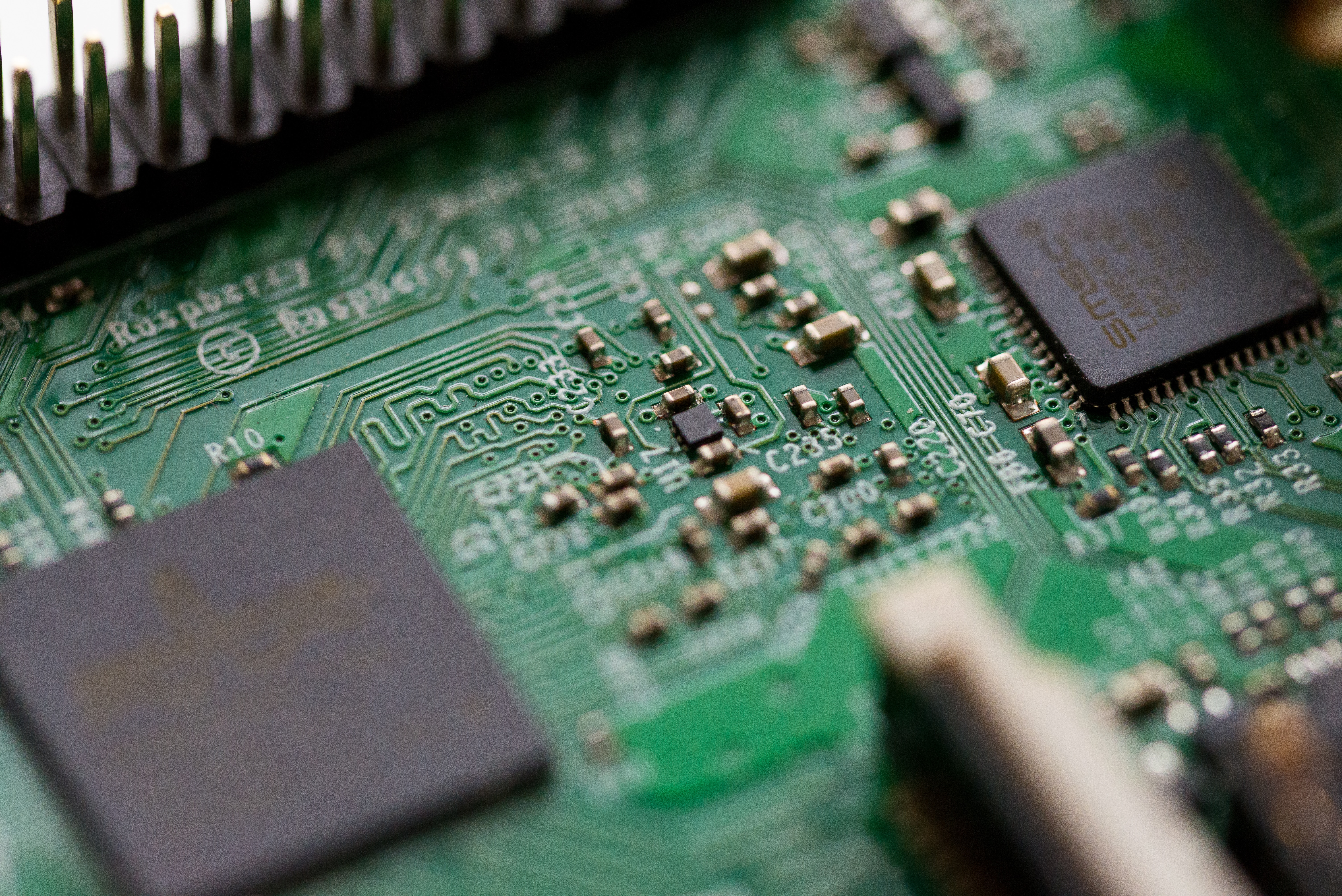The Dangerous Loophole in Western Sanctions on Russia. Putin’s weaponry runs on advanced electronic components obtained from a hidden international market.
Through a rare, hydra-headed blend of government sanctions and the historic stampede of 1,100 multinational firms out of the country, the economic blockade of Russia has proved highly effective. Russian President Vladimir Putin’s war campaign struggles onward, however. This is due, in part, to his ability to cannibalize 70 percent of the Russian economy that he controls. It is also because the advanced Russian weaponry and Iranian drones he uses are dependent on a stream of advanced U.S. electronic components trickling across the border. The good news is that the U.S. government and U.S. chipmakers can curtail the flow of these gadgets that enable Russia’s instruments of slaughter and destruction.
The Ukrainian steppes have become an arena for a distinctly modern form of warfare, dominated by drones and fortified by Western technology. The reinvigorated Ukrainian military leans heavily on an arsenal that includes Western tanks and drones—which we see in sorties against Russian targets integrating advanced electronics, sensors, and communication systems. Russia finds itself in a tough spot as it modernizes its military hardware.
The Dangerous Loophole in Western Sanctions on Russia
Striving to achieve technological parity on the battlefield, Russia’s T-90 tanks require substantial amounts of complex electronics, and even then they are a far cry from Abrams or Leopard tanks. Russia is also turning to Shahed-136 drones, as unmanned aerial vehicles play an increasingly important role on the battlefield. It is not revelatory to say that all this runs on chips. The tech race reveals a stark divergence, though: Russia’s semiconductor industry is a laggard, choked by Western sanctions and years of disinvestment. Operating at a 65-nanometer chip technology—approximately 15 years behind the curve—the nation struggles to keep pace with the United States and China.
The Kremlin’s aspirations to go it alone technologically aren’t just optimistic; they’re borderline delusional, not least because Russia has been cut off from the global financial system. Even Chinese financiers are rolling up their welcome mats, while industry titans such as Taiwanese TSMC and Dutch ASML have slammed their gates. Nonetheless, Russia has found enablers both in the East and West. Even as companies like American Nvidia have severed their ties with the sanctioned Sberbank—the leading Russian lender—and Russian tech conglomerate Yandex’s AI ambitions have been mothballed, something curious is happening. An increasing number of Western-made components are finding their way into Russian military equipment.
After a drop in 2022, Russian imports of critical components, from simple transistors—the building blocks of electronics—to microchips and more specialized microprocessors, have reverted to levels commensurate with what we saw before the war. Moreover, a staggering 98 percent of these components are routed through third countries, compared to 54 percent the year prior, often manifesting in military equipment ranging from Kalibr missiles to T-72 tanks.
Read more at foreignpolicy.com
Photo: unsplash.com


Leave a Reply